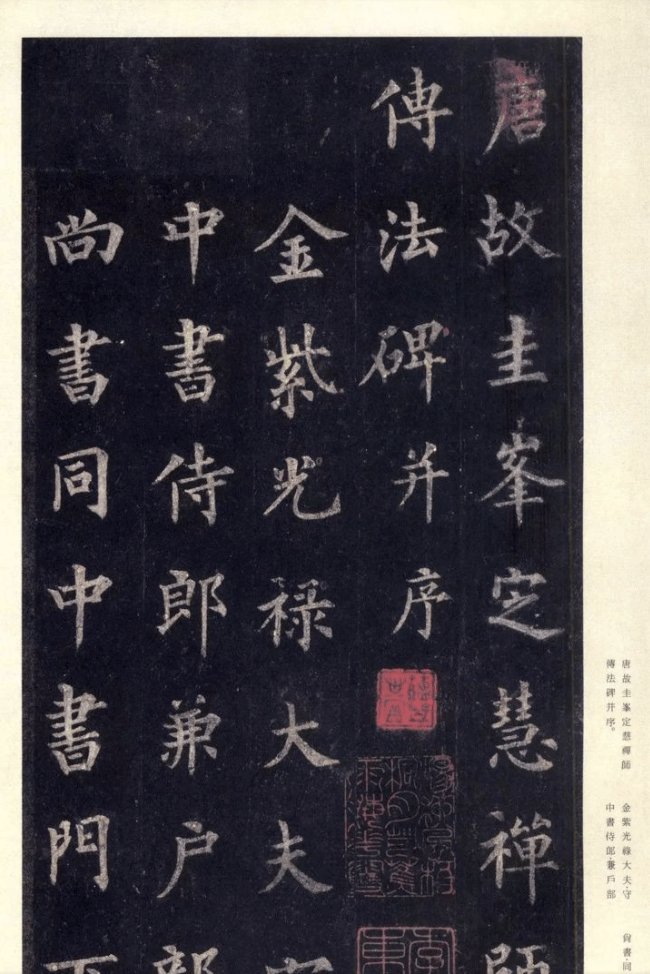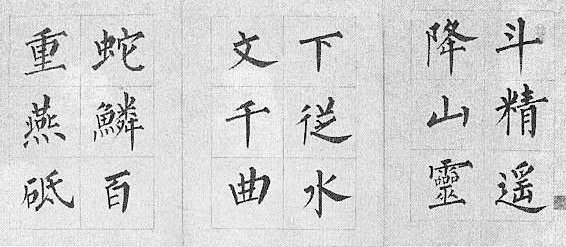From the Tang Dynasty to modern times, there are countless calligraphers who have really achieved success in Liu style. Of course, I really hope that I am ignorant and hope that some knowledgeable friends can give more examples.
Liu Gongquan's brother Liu Gongchuo, I don't know if he is a disciple of Liu Gongquan.

At the same time as Liu, Youtong's "Monument of Zen Master Guifeng" was written by Pei Xiu, which is excellent. But some people speculate that this was written by Liu Gongquan on his behalf.
There was a monk in the late Tang Dynasty who had a willow body, which was pure and individual. There is the "Stele of Monk Jizhao in Anguo Temple" handed down from generation to generation.
Huang Tingjian's large-character running script in the Song Dynasty can be regarded as inheriting Liu's spirit, but Huang learned it from Yan Su and Yuan Ming. In addition, there was a monk in the Song Dynasty who wrote a stele that was so profound that Liu Yi couldn't remember his name for a while.
Jiang Ligang's regular script in the Ming Dynasty is full of willow style.
Wang Duo, who was famous for his calligraphy in the late Ming and early Qing dynasties, also had a good hand in Liu Kai, but it was a pity that he did not seem to develop more in this direction (it is also a pity that Yu Youren in the Republic of China melted the Wei style and Xing Kai into one furnace and wrote unprecedented works. It is a pity that he turned to study standard cursive script very early. Now many professional players are trying to join him, but...)
There was Prince Cheng in the Qing Dynasty and Puru in the Republic of China, both of whom were good at Liu style writing. But maybe due to my personal aesthetic reasons, I always feel that the characters of these two characters are too beautiful and elegant, and coupled with the rigorous and square willow style, they look cramped.


Generally speaking, the willow body is better than the structure, and the style is neat and powerful. However, perhaps because there are no more ink marks handed down from generation to generation, the expression space of the brushwork is limited, and if you are not careful, it will become a rigid carving. Therefore, Huang/Qi and others only took the structure, and showed their unique skills in the brushwork.








